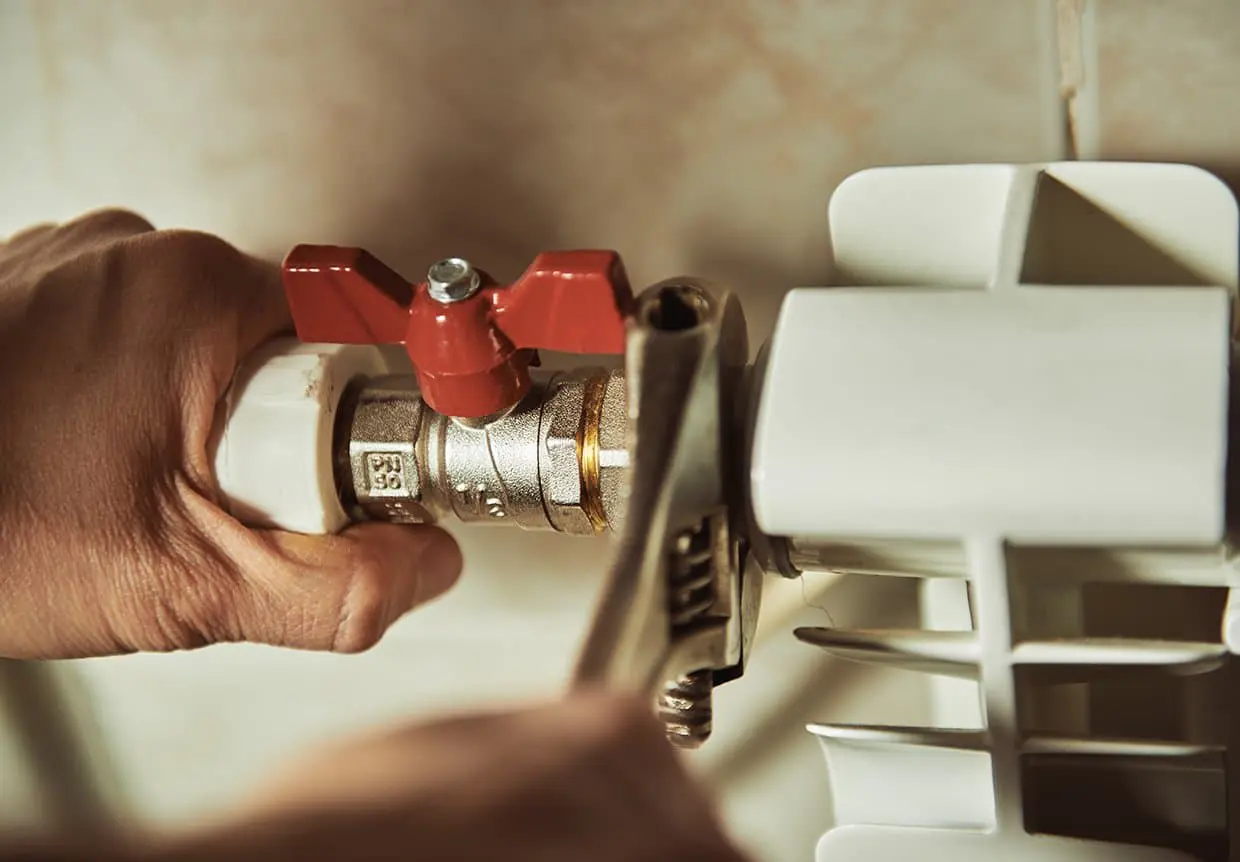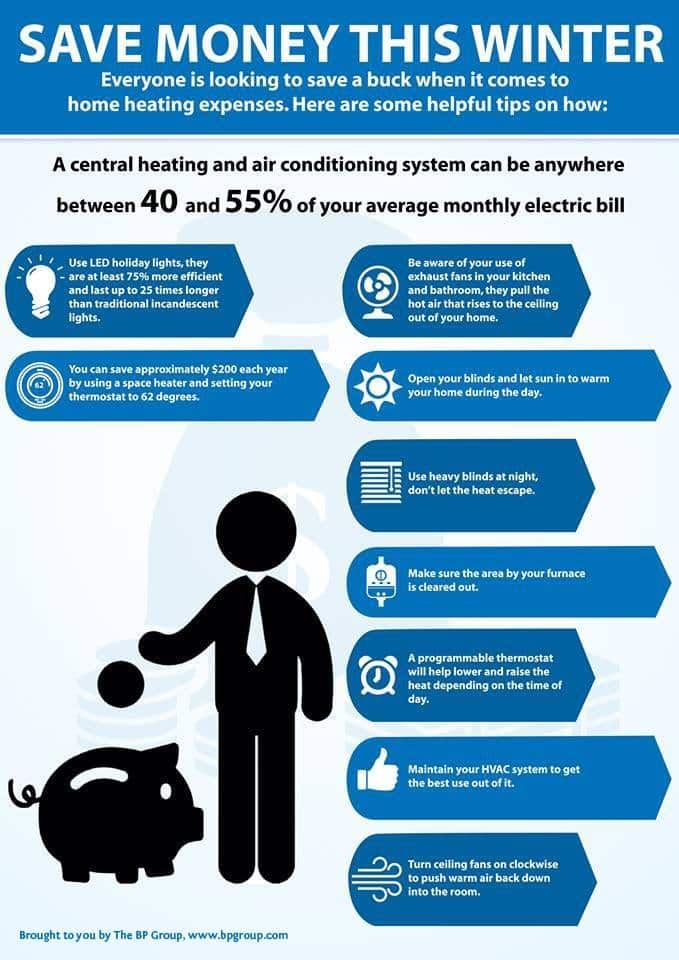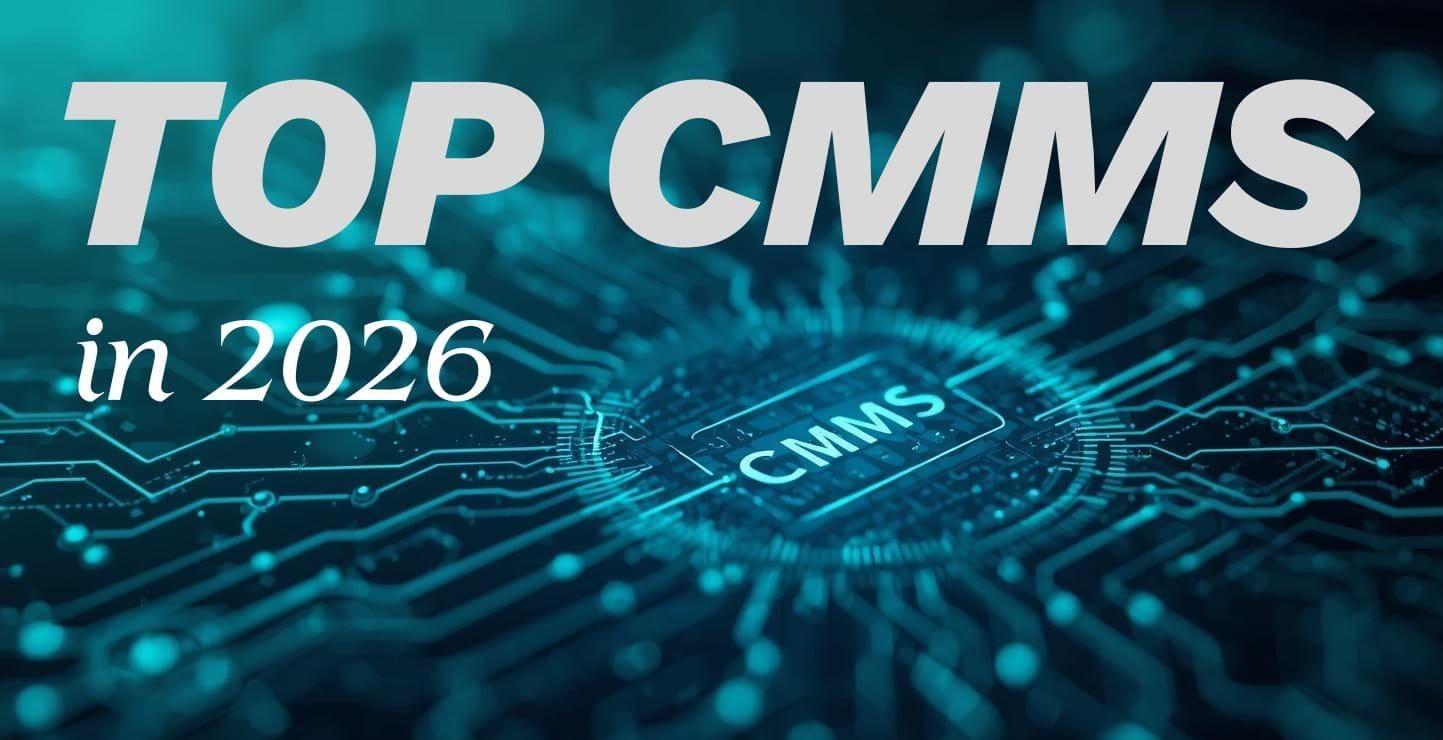HVAC systems affect every part of your operations—from your asset health to employee safety to your ability to serve customers. One of the most common assets MPulse customers maintain is an HVAC system.
There’s a good reason for that.
The BP Group estimates 40-55% of a utility bill is for heating/cooling. That’s why waiting for your HVAC system to break before you fix it is far more expensive than the actual cost of the repair.
Table of Contents
Winterizing Your HVAC System
Before the cold weather hits, HVAC maintenance should include preventive winterizing tasks to reduce breakdowns. You can save money on energy and other services by using HVAC preventive maintenance software. For example, failure to insulate HVAC pipes properly can result in frozen pipes and leaks, a costly repair.
But that’s not all. According to FacilitiesNet, HVAC maintenance results in 15‒20 percent savings in energy. That’s why keeping your HVAC system in tiptop shape is in everyone’s best interest.
The BP Group shared the following infographic with some important ways to save both electricity and money when the temperatures dip. These tips include…
- Replacing incandescent bulbs with compact fluorescent or LED lights, which use less energy and last longer
- Adjusting building temperatures with programmable thermostats based on building usage
- Pushing warm air down with ceiling fans
- Opening blinds to let in sunlight, which will heat the room
- Closing blinds when the sun goes down to keep heat in
CMMS Software for HVAC Maintenance
Staying on top of winterizing your HVAC system is important. And nothing is better at managing maintenance work than CMMS software.
Preventive maintenance can help your organization optimize the performance and life cycle of your important assets—including HVAC systems.
Below are some ways regular maintenance helps save energy, no matter what the temperature is.
- Regular maintenance allows the HVAC system to run smoother, so the moving parts need less energy to keep it going.
- Maintenance for outside air dampers, which let in outside air for cooling, ensures the dampers are not allowing more air in than needed, thereby using more energy to heat or cool that extra air.
- Replacing an old system with an energy-efficient system, such as one with an ENERGY STAR rating, will use less energy over time.
Do you have questions about how CMMS software can help with winterizing your HVAC system and other important assets? We’re here for you. Contact us to learn more.







